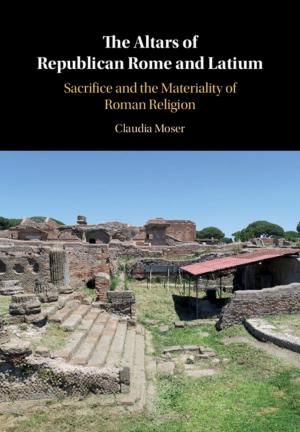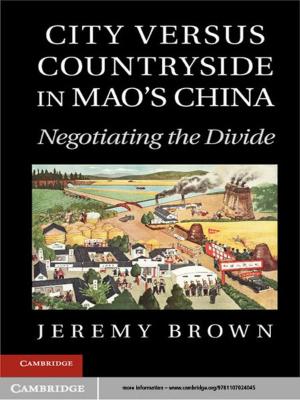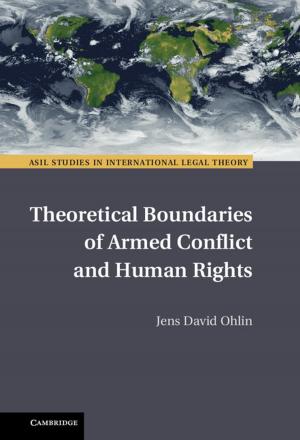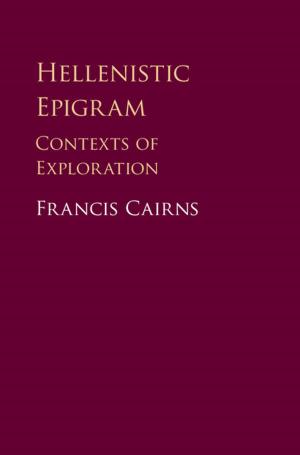The New Cambridge History of Islam: Volume 3, The Eastern Islamic World, Eleventh to Eighteenth Centuries
Nonfiction, History, World History, Religion & Spirituality| Author: | ISBN: | 9781316183649 | |
| Publisher: | Cambridge University Press | Publication: | November 4, 2010 |
| Imprint: | Cambridge University Press | Language: | English |
| Author: | |
| ISBN: | 9781316183649 |
| Publisher: | Cambridge University Press |
| Publication: | November 4, 2010 |
| Imprint: | Cambridge University Press |
| Language: | English |
This volume traces the second great expansion of the Islamic world eastwards from the eleventh century to the eighteenth. As the faith crossed cultural boundaries, the trader and the mystic became as important as the soldier and the administrator. Distinctive Islamic idioms began to emerge from other great linguistic traditions apart from Arabic, especially in Turkish, Persian, Urdu, Swahili, Malay and Chinese. The Islamic world transformed and absorbed new influences. As the essays in this collection demonstrate, three major features distinguish the time and place from both earlier and modern experiences of Islam. Firstly, the steppe tribal peoples of central Asia had a decisive impact on the Islamic lands. Secondly, Islam expanded along the trade routes of the Indian Ocean and the South China Sea. Thirdly, Islam interacted with Asian spirituality, including Hinduism, Sikhism, Buddhism, Taoism and Shamanism. It was during this period that Islam became a truly world religion.
This volume traces the second great expansion of the Islamic world eastwards from the eleventh century to the eighteenth. As the faith crossed cultural boundaries, the trader and the mystic became as important as the soldier and the administrator. Distinctive Islamic idioms began to emerge from other great linguistic traditions apart from Arabic, especially in Turkish, Persian, Urdu, Swahili, Malay and Chinese. The Islamic world transformed and absorbed new influences. As the essays in this collection demonstrate, three major features distinguish the time and place from both earlier and modern experiences of Islam. Firstly, the steppe tribal peoples of central Asia had a decisive impact on the Islamic lands. Secondly, Islam expanded along the trade routes of the Indian Ocean and the South China Sea. Thirdly, Islam interacted with Asian spirituality, including Hinduism, Sikhism, Buddhism, Taoism and Shamanism. It was during this period that Islam became a truly world religion.















